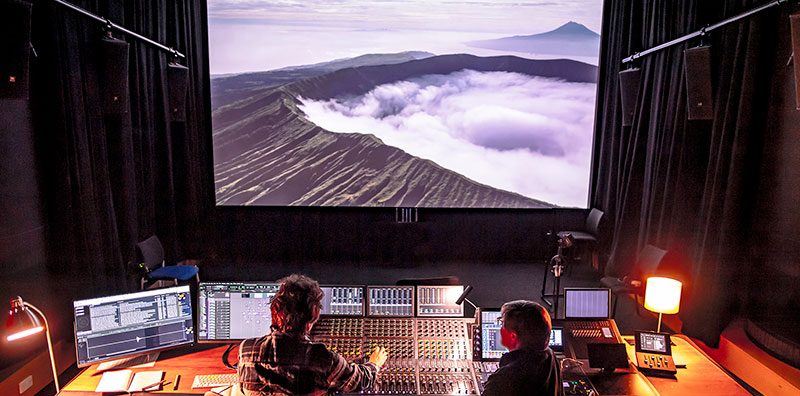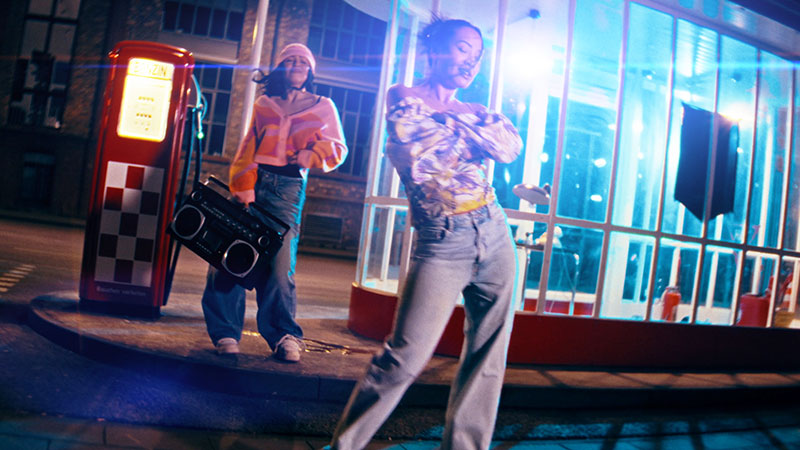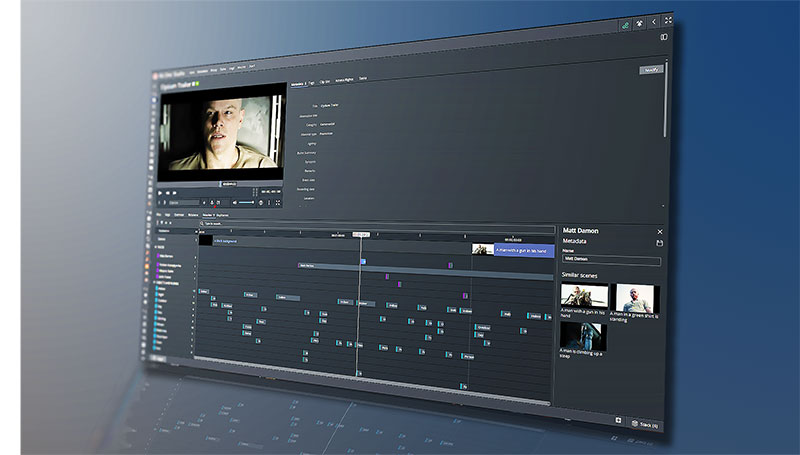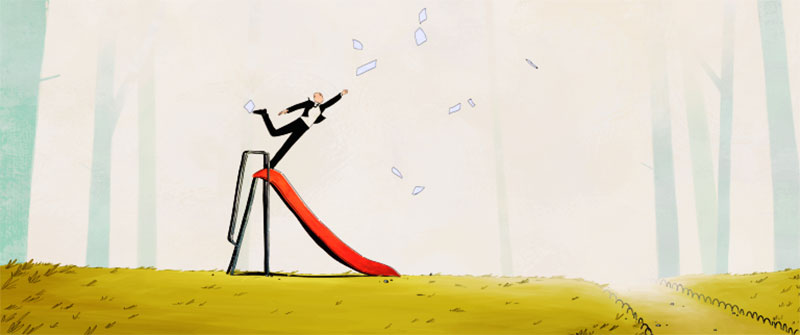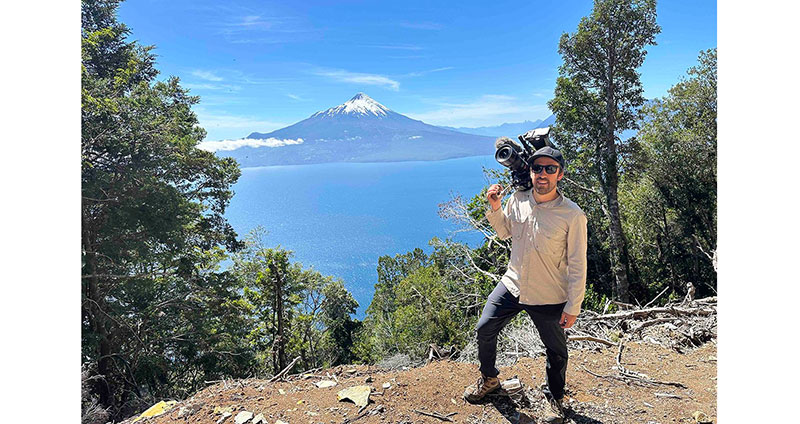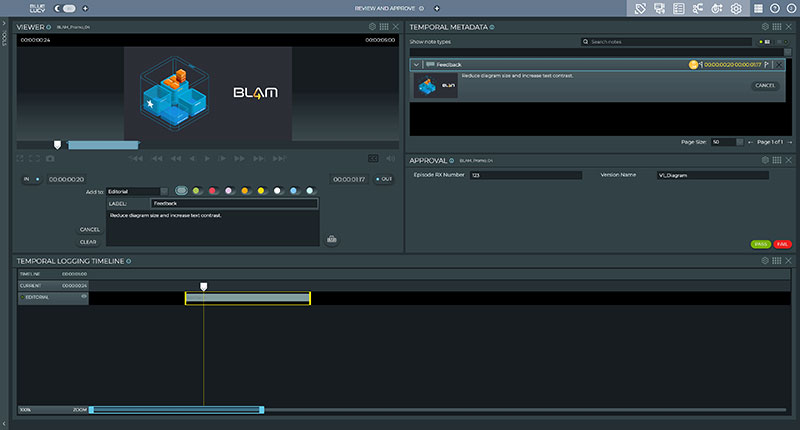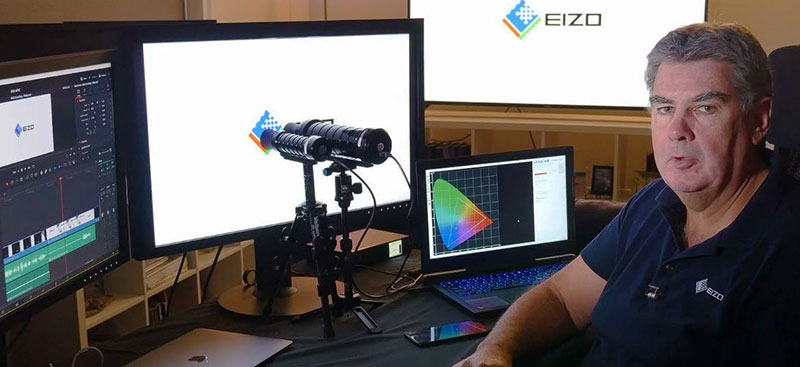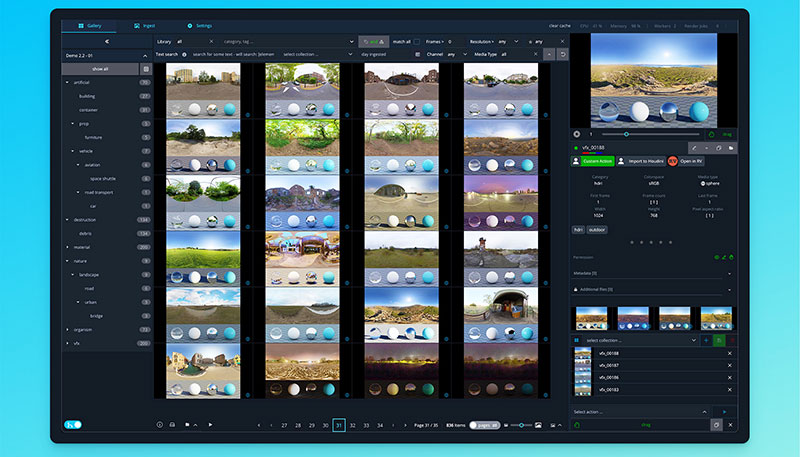Adopting Resolve means long-running drama Shortland Street has a modern new look, and its post team can keep the entire workflow in one app, from conform to colour, VFX and graphics.

Shortland Street, one of New Zealand’s favourite TV dramas, first aired in 1992 and has continued to appear worldwide for 34 seasons, following the personal and professional lives and stories of a hospital’s staff and their families and friends.
The show is New Zealand's longest running drama, passing 8,000 episodes in 2024, and it is still one of the most watched television programs in New Zealand. Interestingly, it has retained its ratings and success even as viewers transition from watching via broadcast to streaming.
Colourist and finishing artist Alastair Tye Samson, who runs his studio The Finishing Suite in central Auckland, joined the production in late 2022 at a time when Producer Oliver Driver had given the team a clear directive to raise the show’s production value. “Oliver wanted to modernise the look of the show, to move it away from a ‘soap opera’ and bring it closer to a production that would feel ready for the contemporary streaming era,” Alastair said.
New Look, New Workflow
However, by then, Shortland Street had grown into a huge operation, delivering five episodes a week, 46 weeks of the year. Making changes to a project of this scale would need to be done with care and deliberation. Even minor changes to workflow would need to be well calculated and executed swiftly.
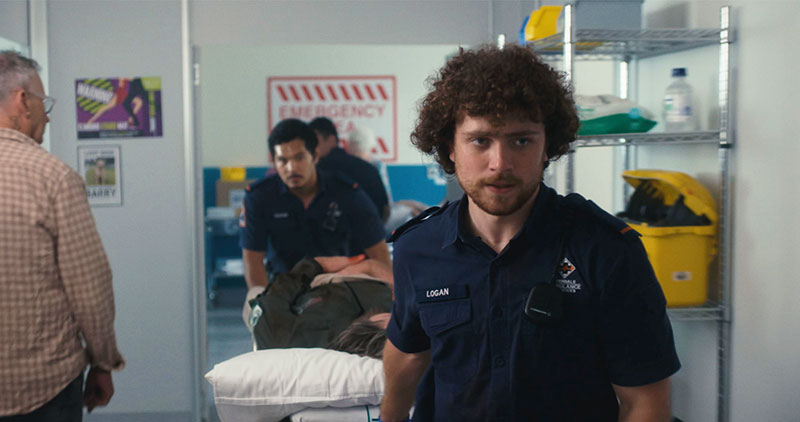
The pressures of a constant incoming flow of content meant the show had essentially been made the same way for decades using a multi-camera studio setup recording 8-bit, Rec. 709 video. For each set, a different look preset was later applied in post in an offline NLE.
For Alastair, convincing production to switch the studio over to recording 10-bit log was the first priority. He said, “At the same time, I started conforming each episode in Blackmagic Design DaVinci Resolve Studio for the grade, where I created a new, single, unified look for the show.” From there, after the conform, a great many new options opened up.
Introducing Fusion
“Previously, any visual effects work that emerged had been sent to another application. But now, having the episodes in Resolve for grading meant the Fusion page was just a click away. It gave us the opportunity to simplify post production and keep the whole process in one place. All VFX shots like set tidy ups, paint outs, screen replacements and others are now done on the Fusion page inside Resolve,” he said.
Even motion graphics like onscreen text messages are done with Fusion. A big fan of creating Fusion macros, Alastair can design complex motion graphics, and then publish those parameters from Fusion to the Edit page where the text can be swapped out and updated for each episode. “It’s like being able to make my own title design plugins,” he commented.

Alastair considers that being able to take care of colour, online editing, visual effects and motion graphics all on the same timeline in the same app, without having to outsource any part of the process, solves many different issues that have built up over time.
“Before starting The Finishing Suite, I spent most of my career in bigger facilities and, looking back, the amount of time spent pushing shots between various rooms dedicated to different but overlapping parts of the process was significant. Being able to switch between the Color and Fusion pages – almost as fast as I can think – inside Resolve is so efficient that there's really no comparison," he said.
All-in-One, Efficient and Flexible
“Over the years I’ve used many different software packages to master pictures, but Resolve is the all-in-one application I've been waiting for. It’s now at the point where it really is a fully integrated system, with fantastic hardware options like the DaVinci Resolve Mini Panel and the Speed Editor. Blackmagic’s overall approach is to strongly favour the creator, which is a refreshing change in this industry. Users are not locked into a subscription model, and the software is very affordable. You just buy it once and off you go.”
Alastair notes that Resolve has many great features, and more are added all the time, such as Magic Mask, a DaVinci Resolve AI tool that automatically isolates intricate subjects within a frame. “My general philosophy is to keep everything as simple as possible, so it can sometimes take me a while to come around to new features like Magic Mask,” he said.

“As a result, it wasn’t until we had an episode using an abstract device to tell a story in which everything takes place inside the mind of a character in a coma. Oliver Driver wanted two completely different looks to appear in these shots – one for the environment, and one for the characters within that environment – to highlight the feeling of otherworldliness.
“Only a few years ago, this would have meant farming out a huge amount of rotoscoping work and having to wait to get mattes back from vendors. But the Magic Mask worked so precisely and quickly when we needed to isolate foreground and background elements that I’ve started leaning on it more often as a tool in my day-to-day grading.”
Colour Transform Community
Alastair has also been impressed to discover the community that has grown up around the DaVinci Colour Transform Language (DCTL), a scripting language used to create custom colour transformations and effects in DaVinci Resolve. When precise adjustments to images are called for, DCTL users can write code that manipulates color information at a pixel level.
“People are making their own custom tools and sharing them freely on platforms like GitHub. If a feature doesn’t exist natively in Resolve, rest assured that a DCTL tool has been published out there somewhere that does what you need,” said Alastair.
“It’s the attention to these little quality of life details that is, I think, the most encouraging thing about Resolve and its future – countless small improvements that, by themselves, you may not even notice. But collectively, they make a massive difference, particularly in time sensitive productions like Shortland Street.” www.blackmagicdesign.com




